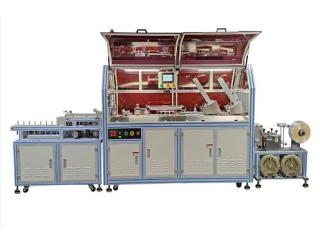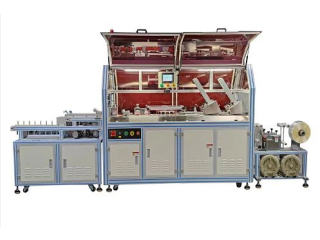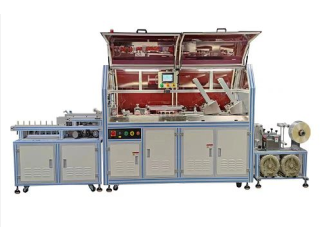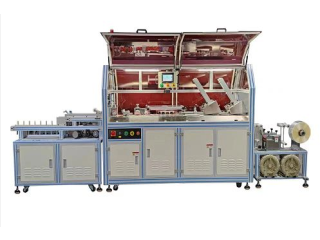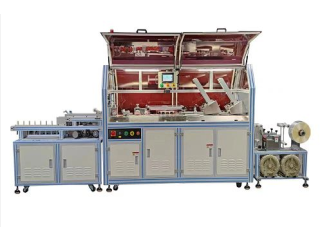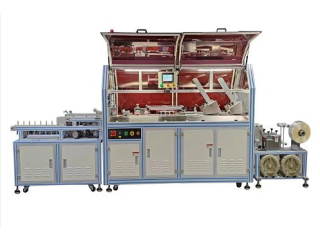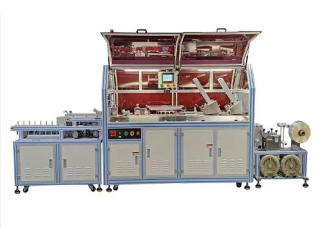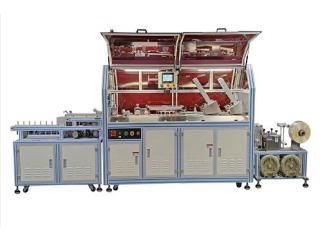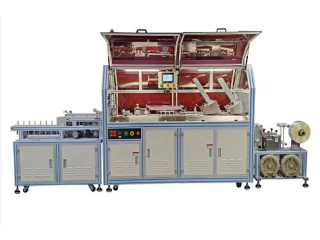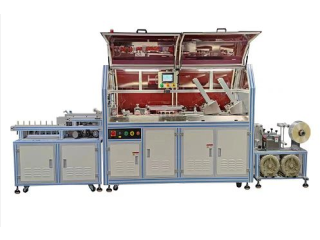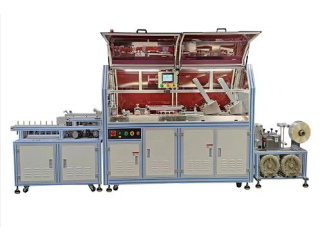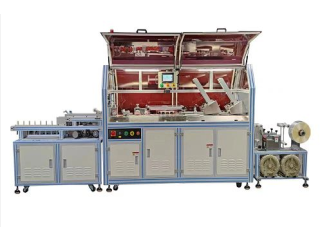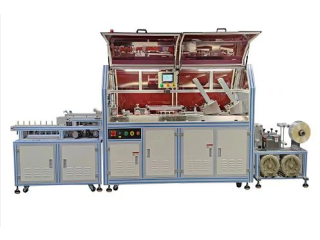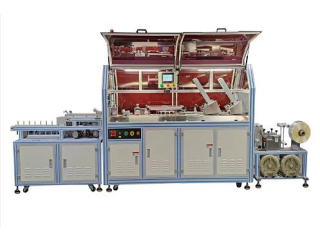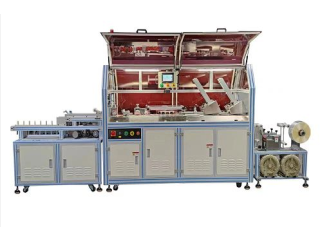WHAT IS ECO-SOLVENT PRINTING?
Jul 8th, 2022 at 07:57 Automobiles Battagram 175 viewsWHAT IS ECO-SOLVENT PRINTING?
When you’re looking to print and produce high-quality images, there’s a never-ending number of options. Which printer to use, what type of ink cartridge to purchase and what material to print upon? A further decision you’ll need to contemplate is whether you want your printing to be eco-solvent.
The benefits of eco-solvent printing
Eco-solvent inks have their colours suspended in a mild biodegradable solvent, which means that the ink has virtually no odour as they don’t contain as many volatile organic compounds. They’ve been around since the early 2000s and originally were designed for general signage work.
The lack of smell is a real plus point for eco-solvent inks. In some solvent inks not only do you get a strong smell during the printing process, meaning you need to consider the placement of your Ecosolvent Printer, but they can also leave an odour on the printed material itself. This can rule out printing onto material which will be displayed or used indoors.
Having less volatile organic compounds also means that the eco-solvent printing cartridges are not so damaging, or deteriorating, to your printer components and as such you won’t need to do full system cleans quite so often – although as with any type of printing you will need to do regular cleaning and maintenance of your printer from time to time.
Eco-solvent printing does require more heat in order to dry and this can affect the type of material you can print on. What’s more, the ink is not as durable as solvent inks. While it’s adequate for outdoor printing work, it’s best to only use it for applications which need to last a year or two.
Choosing between solvent and eco-solvent print
While there are clearly a number of benefits to eco-solvent printing, it may be that for the type of printing you wish to do, choosing eco-solvent ink may not be right for you.
As we have already touched upon, eco-solvent ink is not ideal for all types of material due to the heat required to dry it. If you need to use thin, cheap vinyl then solvent ink would be better.
If cost is a factor, you should be aware that eco-solvent inks are more expensive than solvent inks, due to the number of benefits that you get with eco-solvent printing. However, they are widely used by businesses and individuals who are just starting out, or who have a medium-sized printing need. Industrial printing is still typically done with solvent inks.
Finally, you’ll need to check what type of ink is compatible with your large format printer. If you know from the outset that you wish to use eco-solvent inks, you need to ensure that they are compatible with your Eco Printer.
How Does the Sublimation Process Work?
Just like any printing process, sublimation starts with the design stage. Coming up with a good design is crucial since the chosen image on the computer is the one that will reflect on the final print.
The design is then printed on a heat transfer paper, also known as sublimation paper. This paper is explicitly used for the transfer of the image when exposed to heat. A sublimation paper uses CMYO colors. Hence, the Sublimation Printer used must also accommodate the same. Luckily, most of the modern printers can alternate between the CYMK and CMYO colors.
After printing the image, the next process entails the heat transfer of the artwork to the final material. In this case, the material used must support sublimation printing. Polyester and polyester-coated materials are typically used in the process because they produce permanent prints. Other materials such as cotton are also an option, although the print won’t be permanent.
The heat transfer process requires a heat source. Depending on the material, there are different heat source options used. These include a heat transfer machine, flat bend machine, cups sublimation machines among others. A specific amount of heat must be used to produce a quality image, and the image must be allowed to cool off to guarantee durability.
It is evident that the “next big thing” in the personalization world is UV printing, but what makes it so great? What can you do with a UV Printer that you can’t do with sublimation or some other color printing method? And finally, is the equipment worth the price?
Before answering this, I should clarify for the benefit of newbie readers what this is. A UV inkjet printer is a lot like the inkjet printers we use to print documents in the office. The main difference is they are designed to print on other substrates besides paper, plus they use a UV light source to cure the inks after they are deposited onto the item/substrate.



